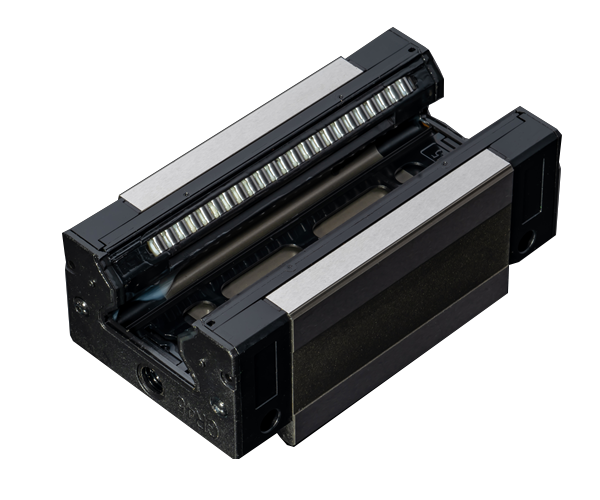Different mechanical equipment should correspond to Linear Motion Guideways using different rolling elements. Today PYG takes you to understand the difference between ball guide and roller guide. Both are used to guide and support moving parts, but they work in slightly different ways, and understanding how they work can help you choose the right guide for your equipment.
Let's look at the ball guides first. Ball guides use a series of Block Bearing to provide smooth, precise linear motion. These ball bearings are mounted inside a track or rail and reduce friction and allow for smooth, low-drag movement of moving parts as they travel along the track. Ball guide rails are commonly used in applications that require high speed and precision, such as CNC machine tools, printing equipment, and medical equipment.

Roller Side Guides, on the other hand, use cylindrical rollers instead of ball bearings to achieve linear motion. These rollers are also mounted within a track or rail, but they provide a larger contact surface area than ball bearings. This makes roller guides ideal for applications requiring higher load capacities and greater rigidity, such as heavy machinery, industrial automation systems and material handling equipment.

So, which type of guide is right for your application? The answer depends on a variety of factors, including the load capacity, speed, accuracy and stiffness requirements of the specific application. It is also important to consider environmental factors, such as dust, debris and temperature, as these factors can affect the performance and lifespan of the rails.
Hopefully this article will help you understand the differences between ball guides and roller guides for choosing the right guide for your machinery and equipment. If you are still not sure what type of guide rail your equipment is suitable for, please contact us, we will give you the most professional reference advice.
Post time: Jan-11-2024










